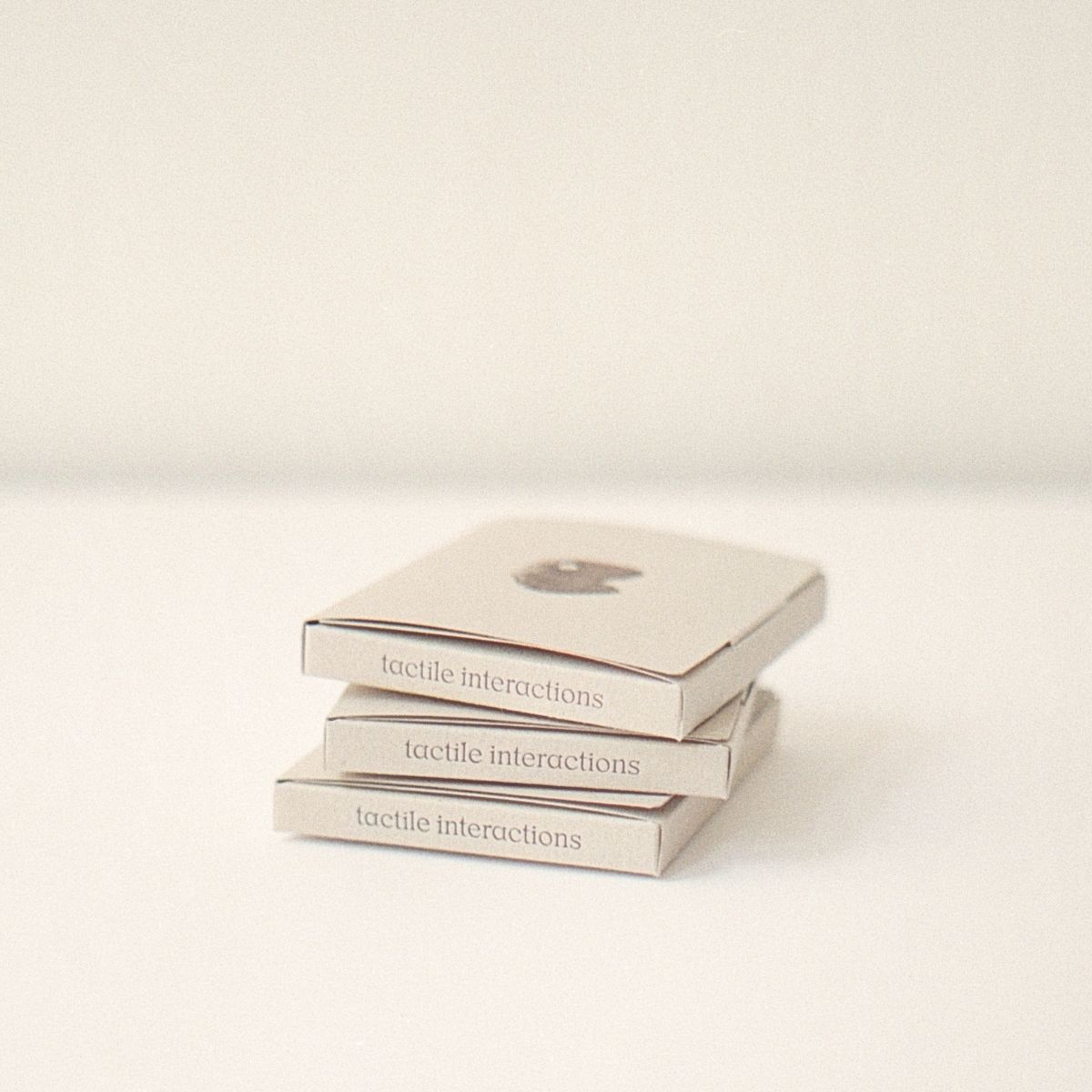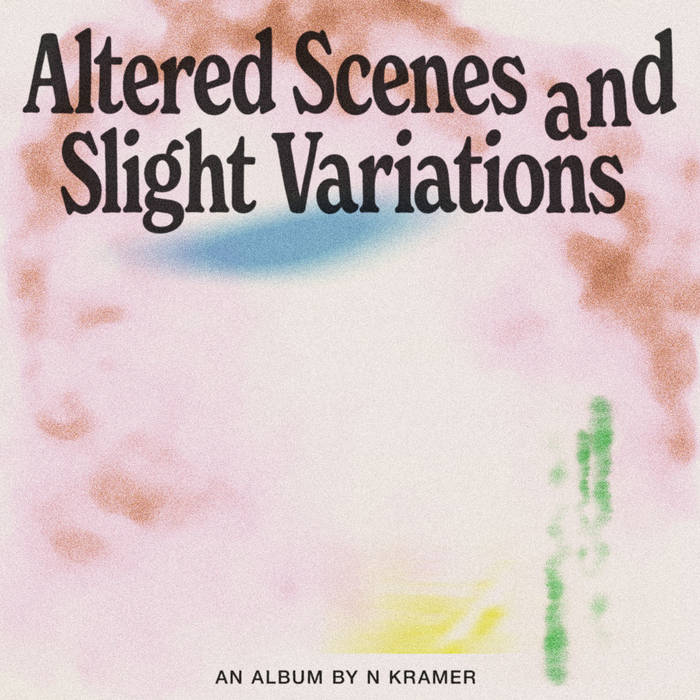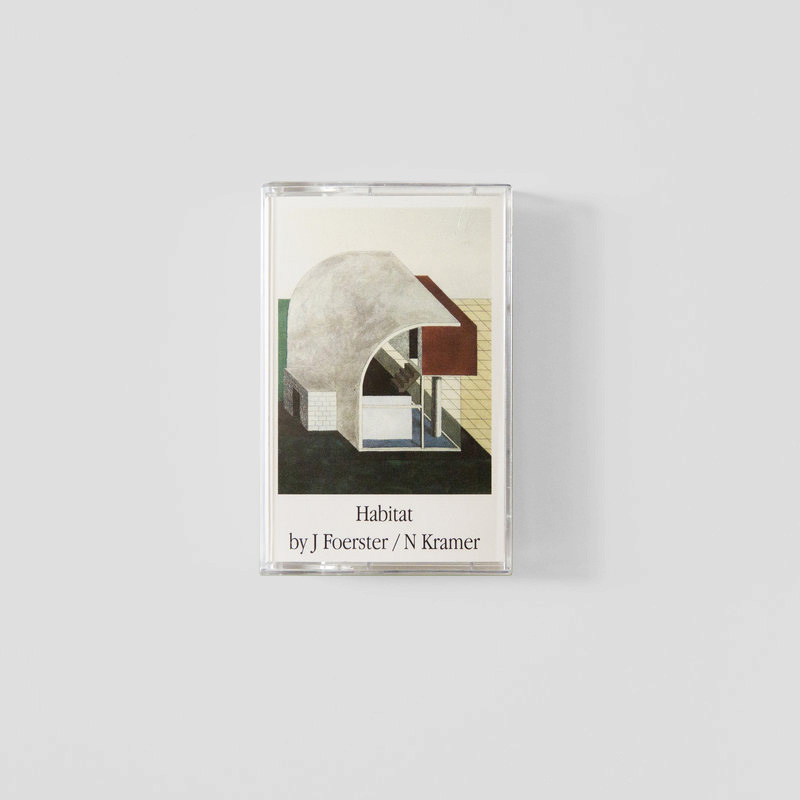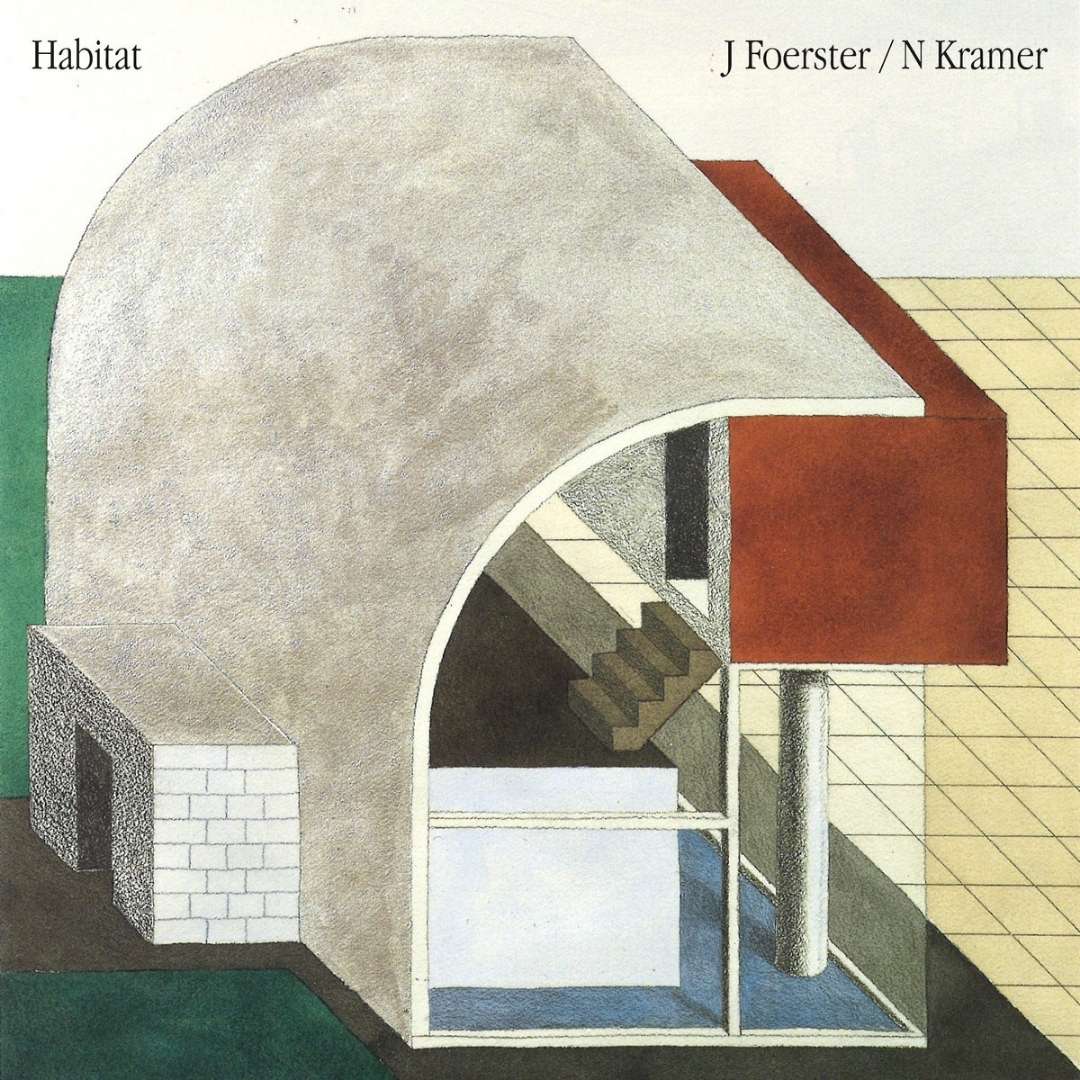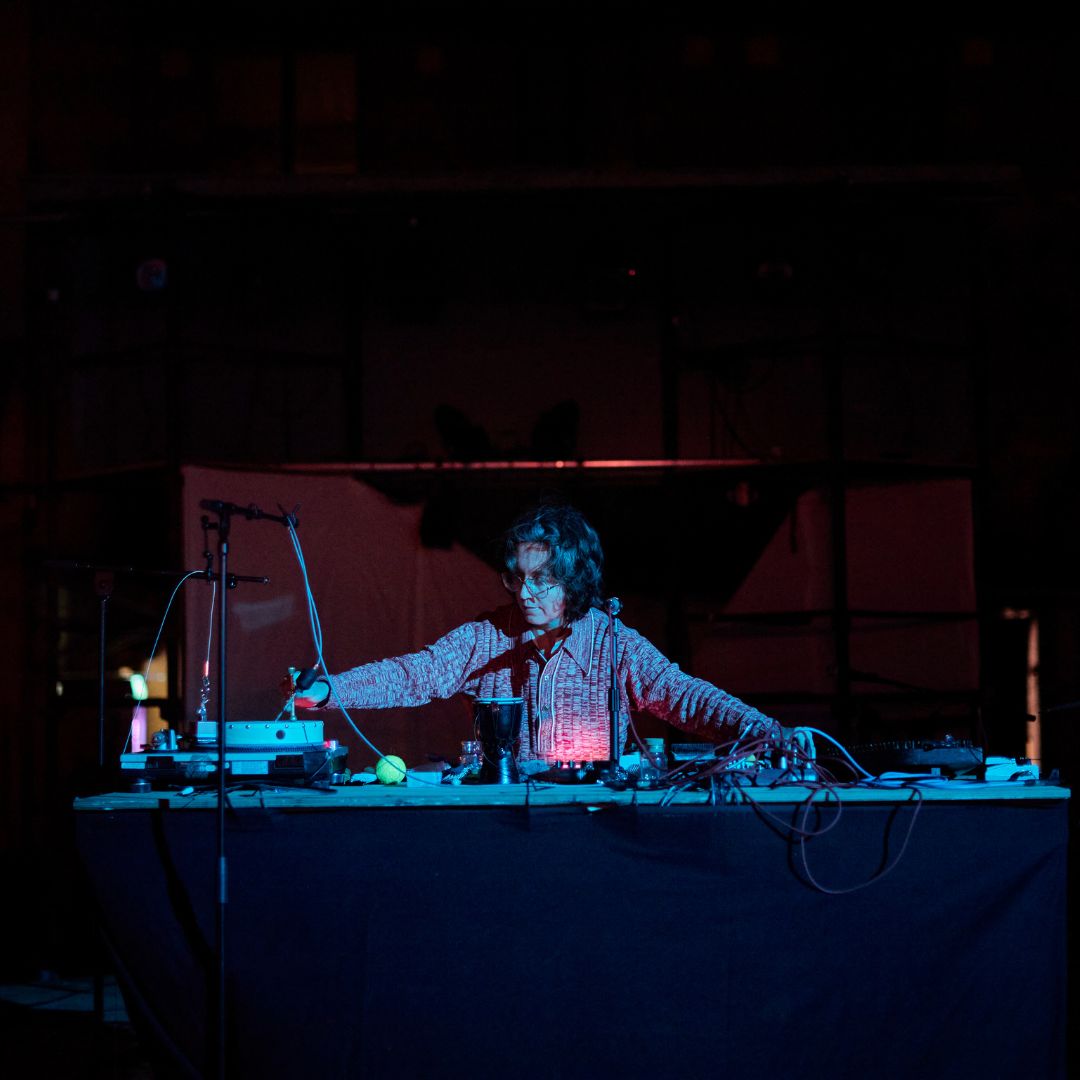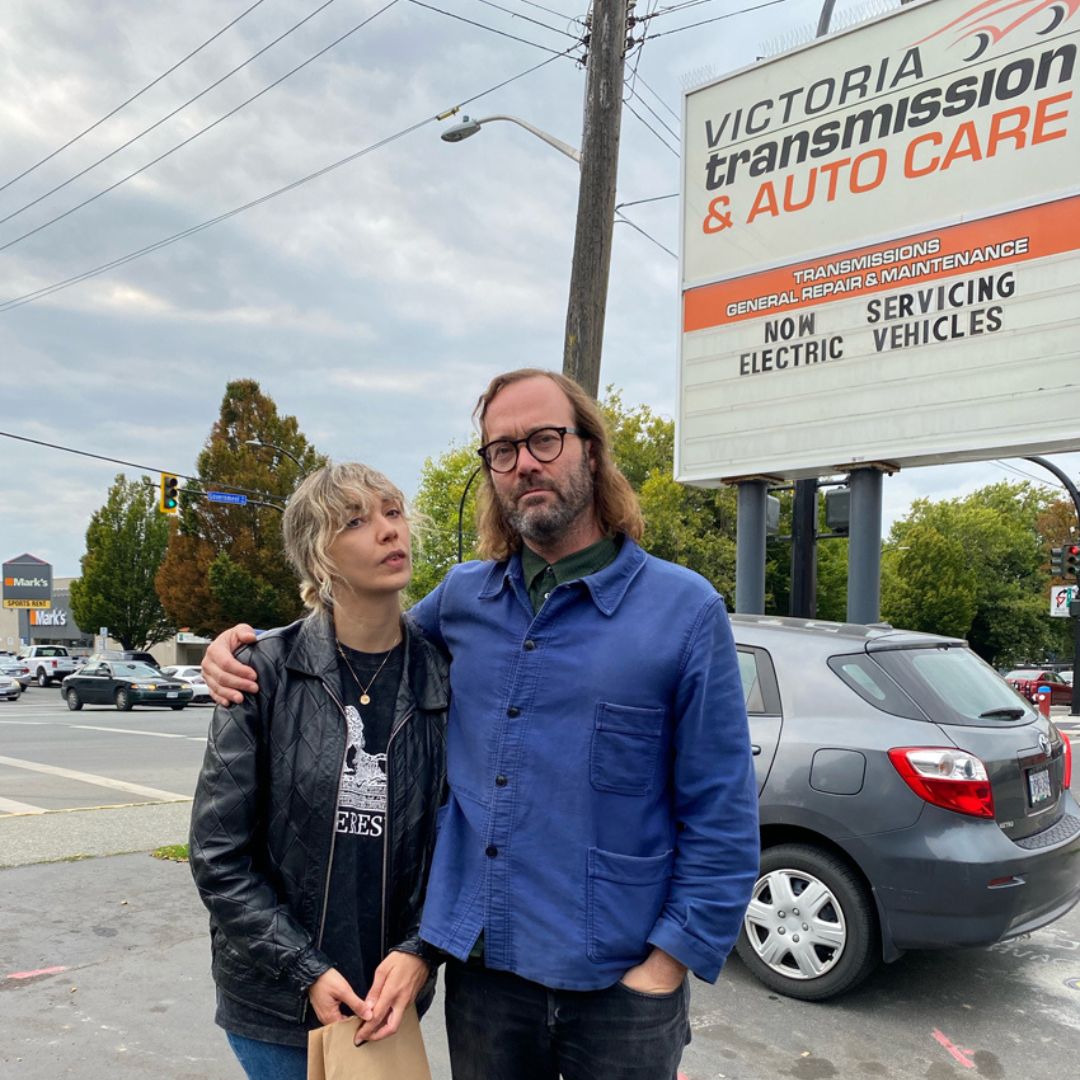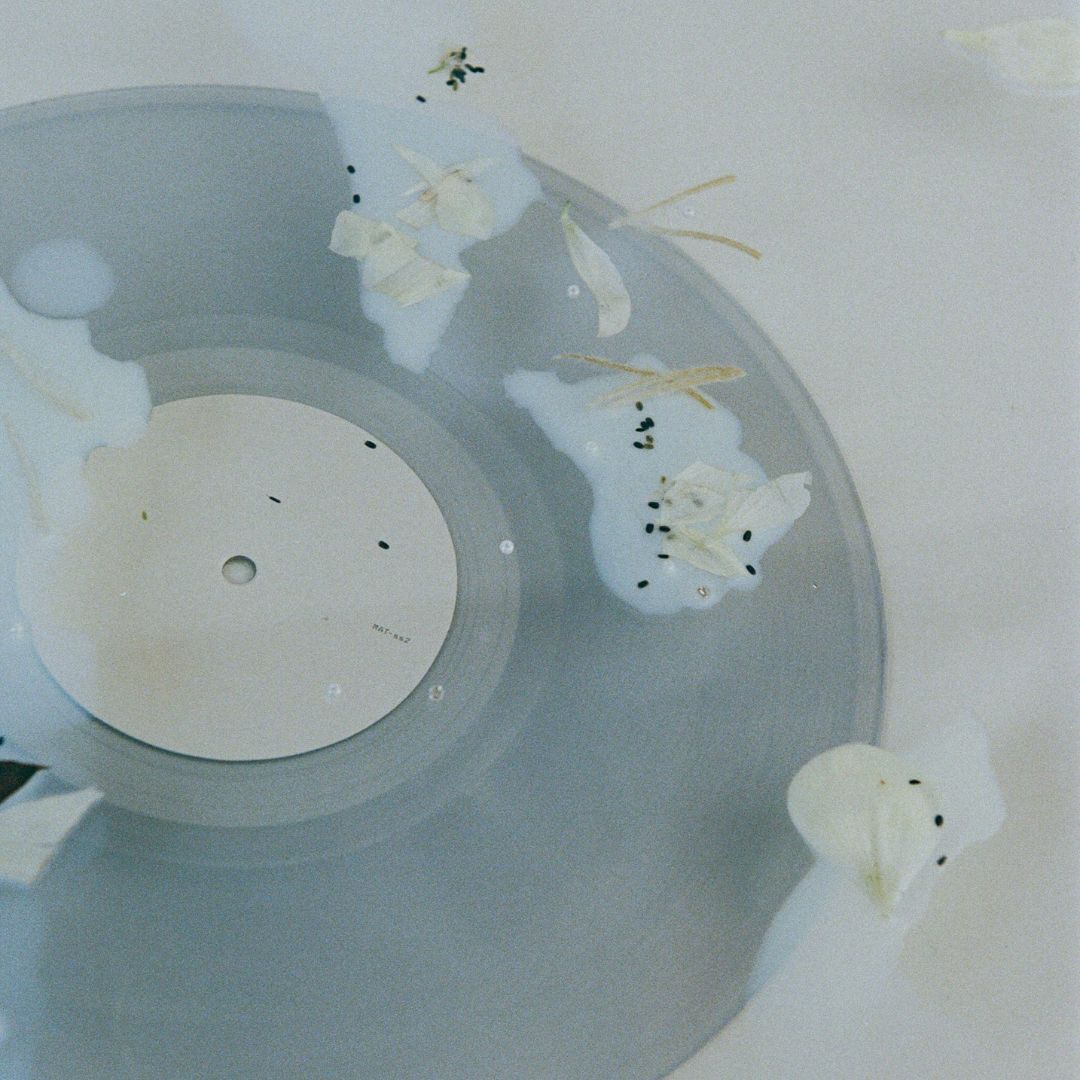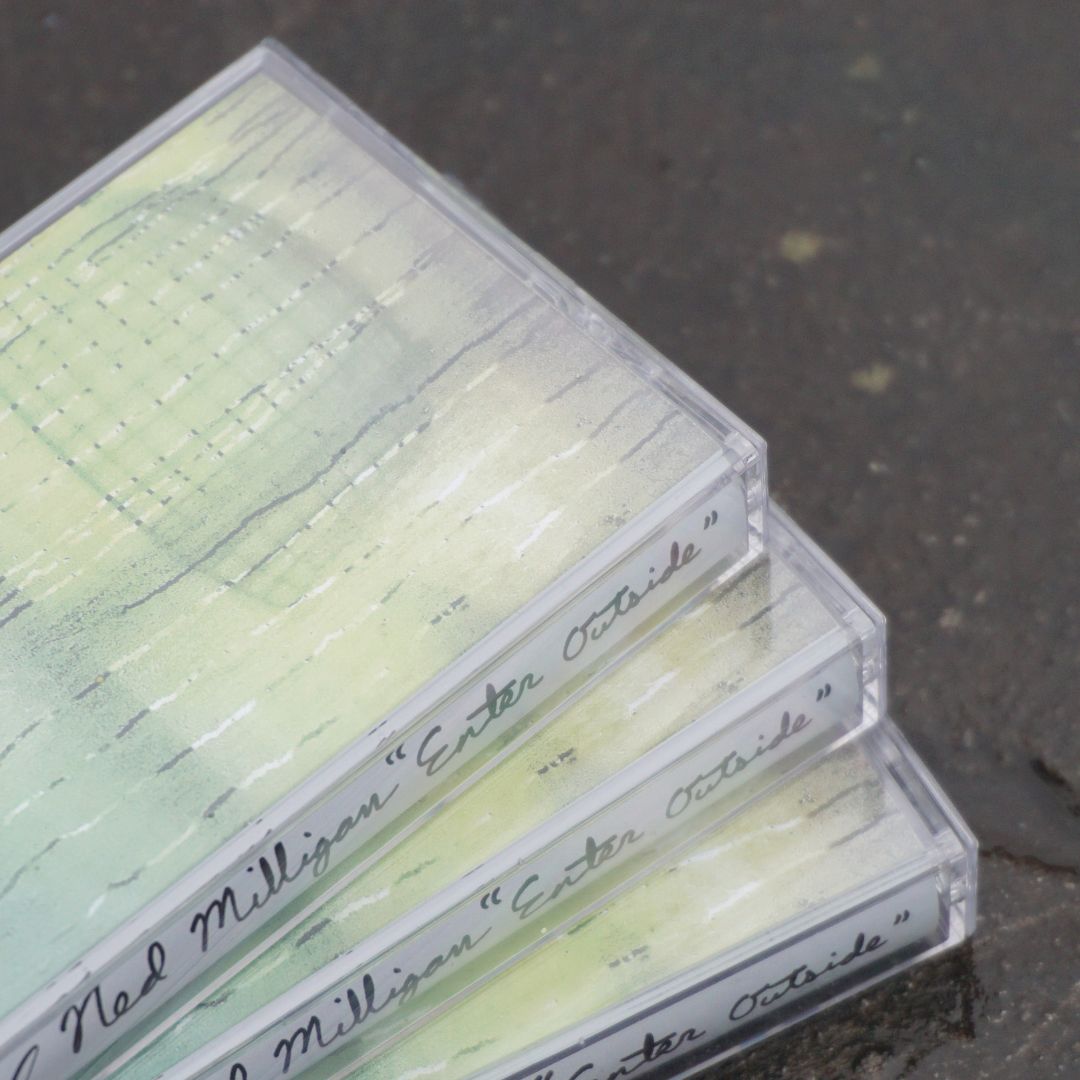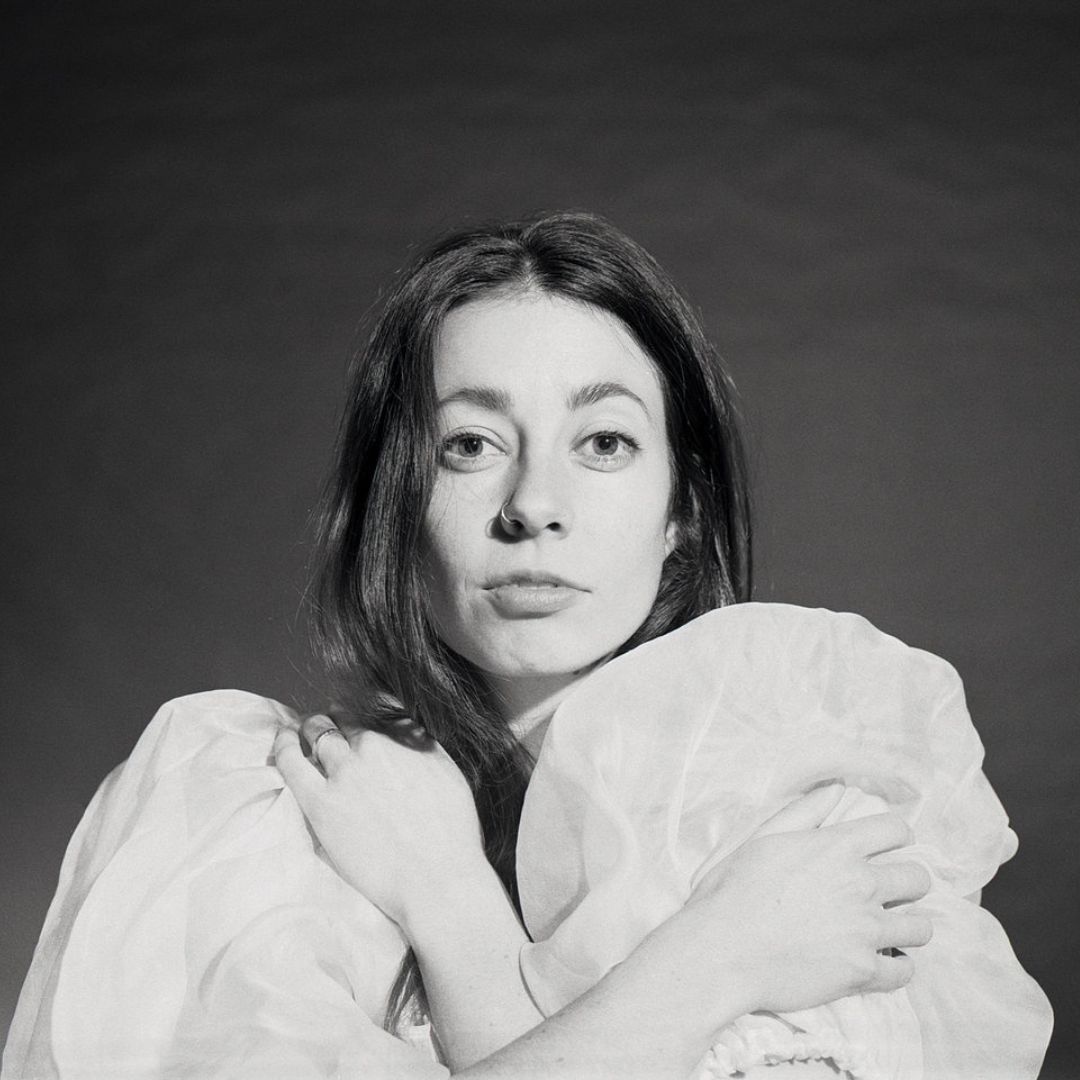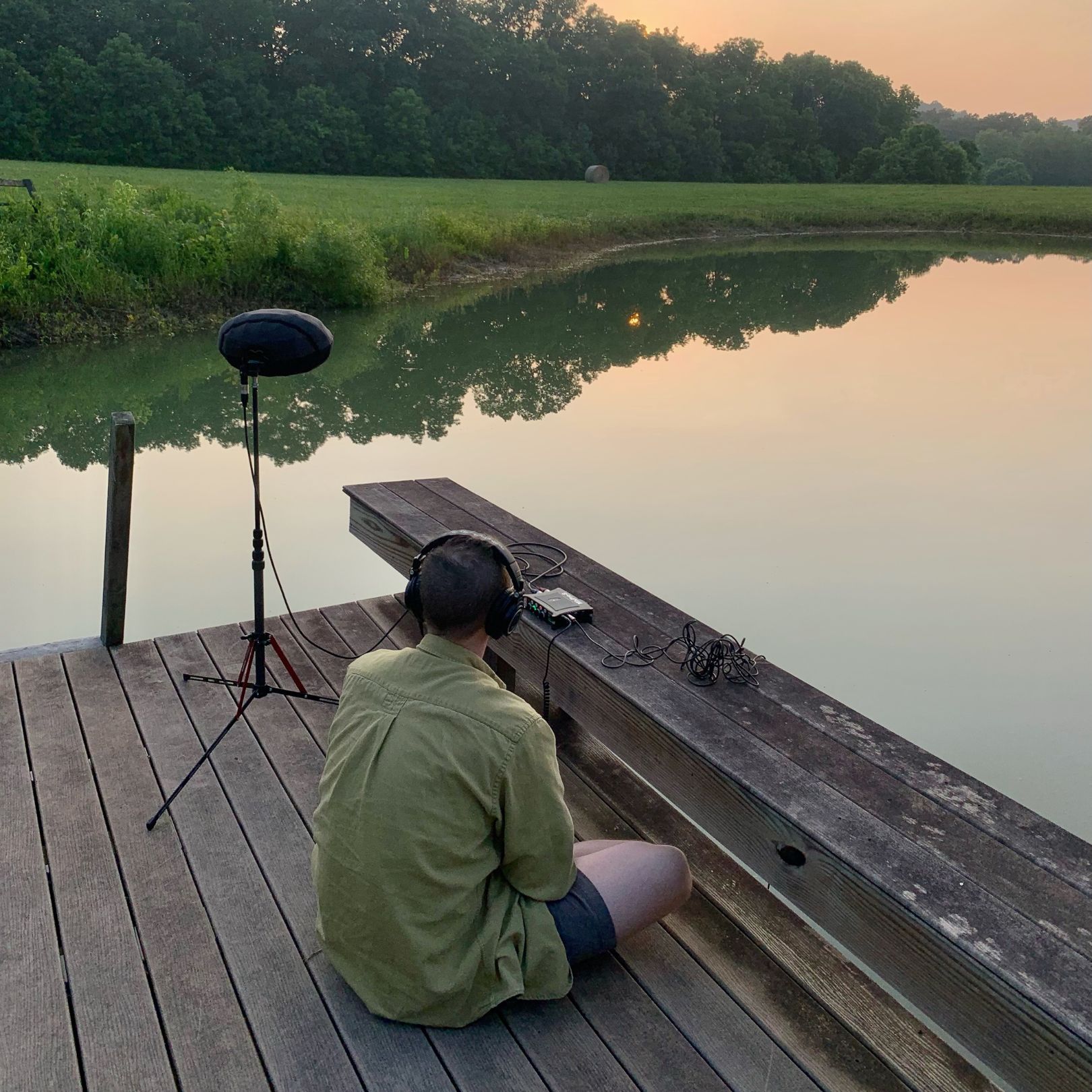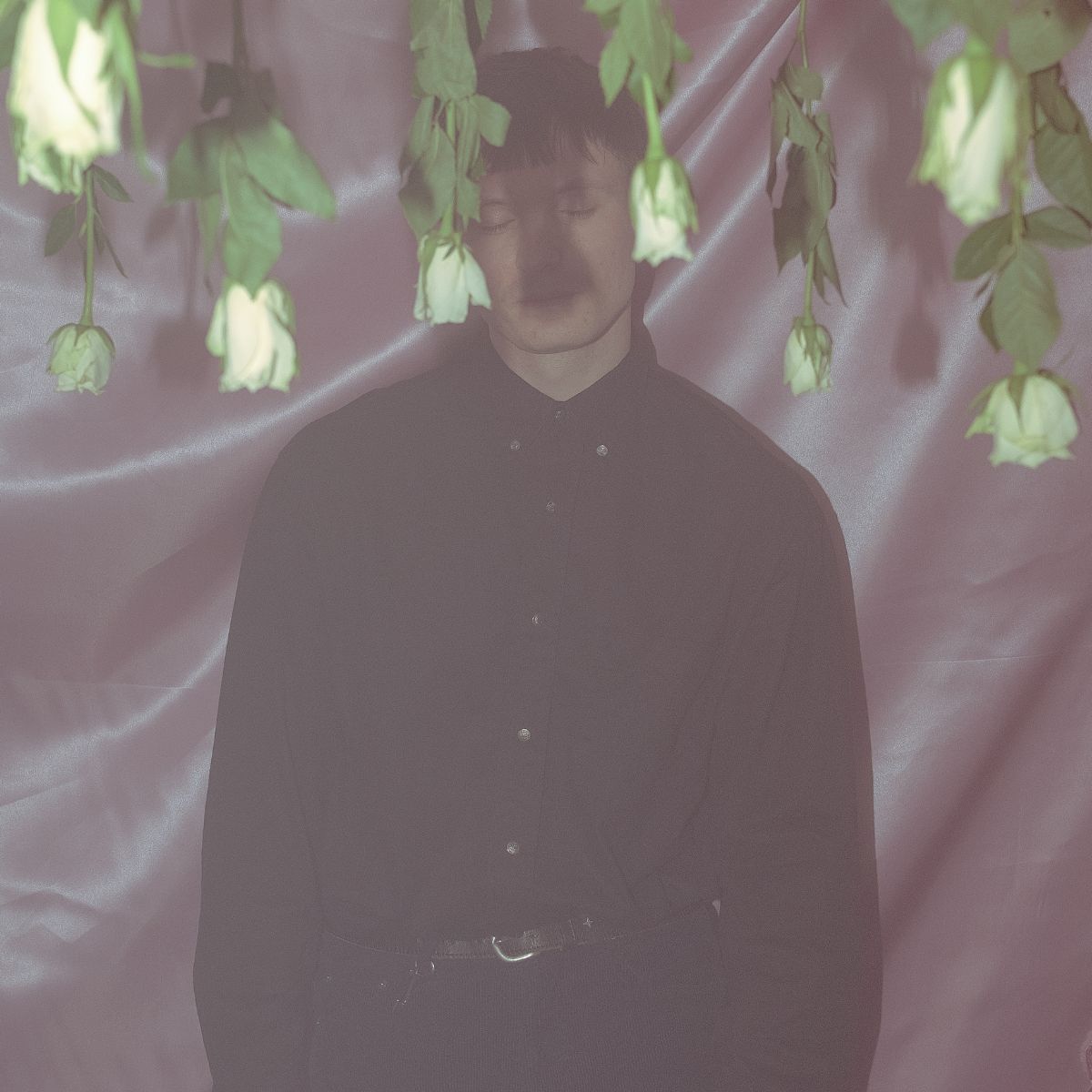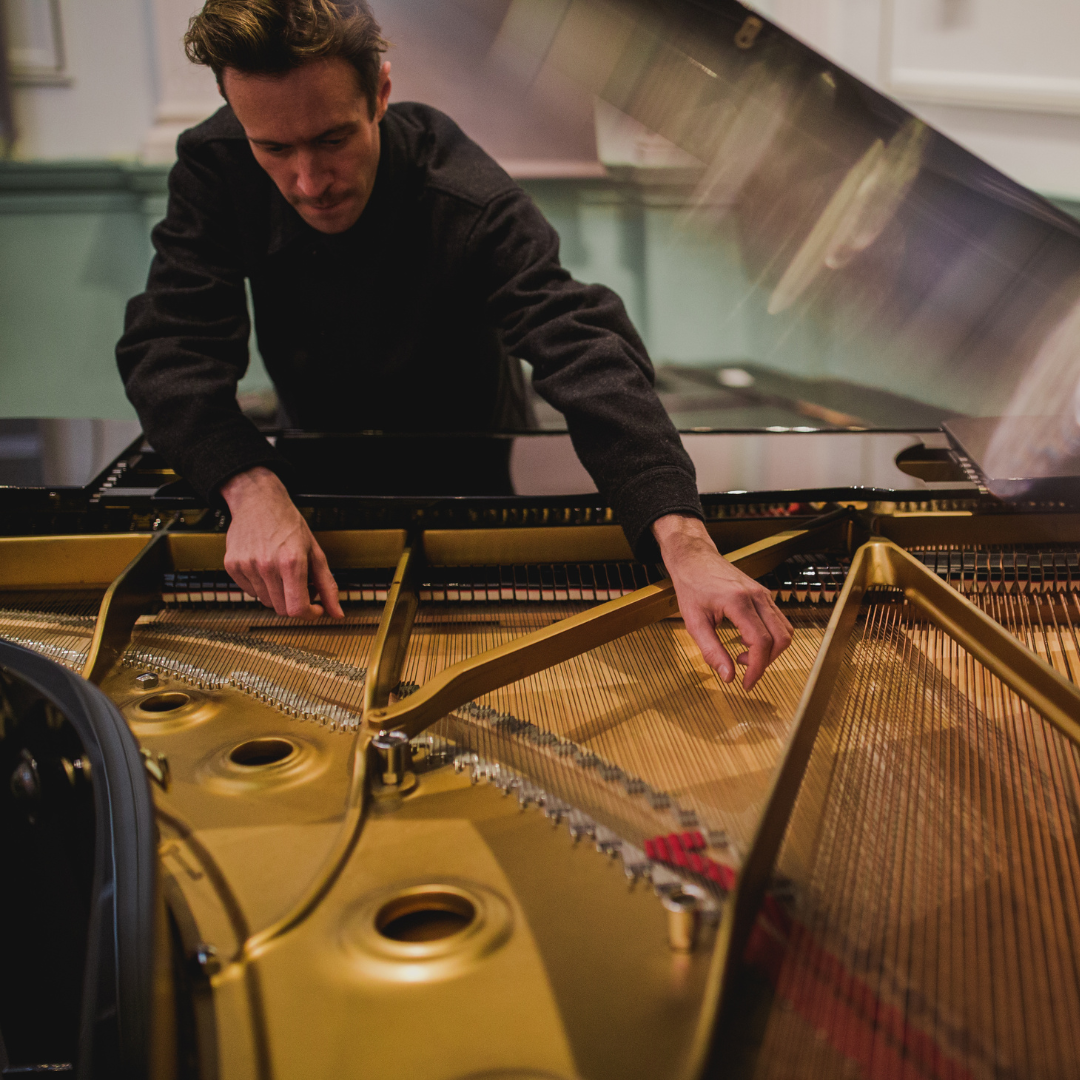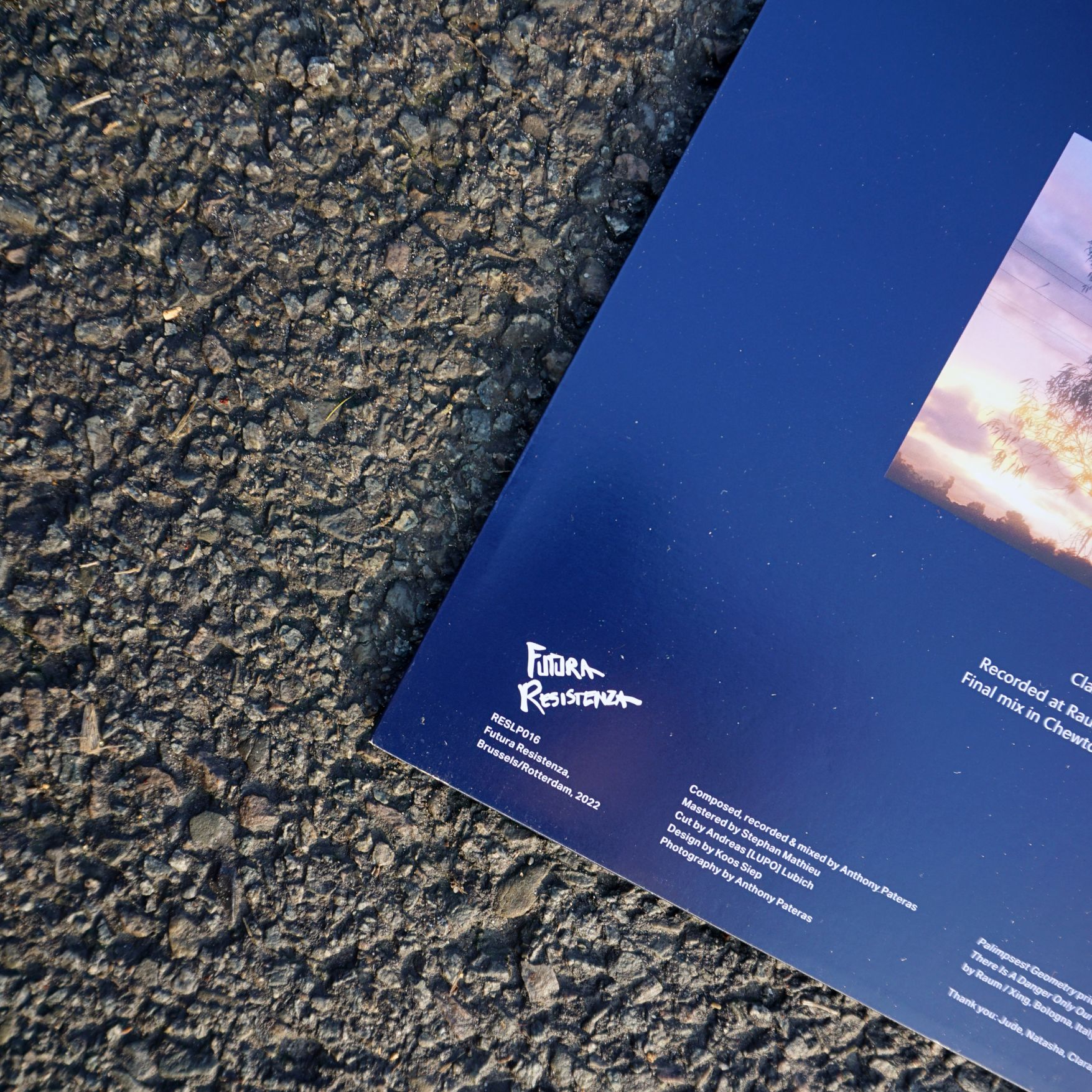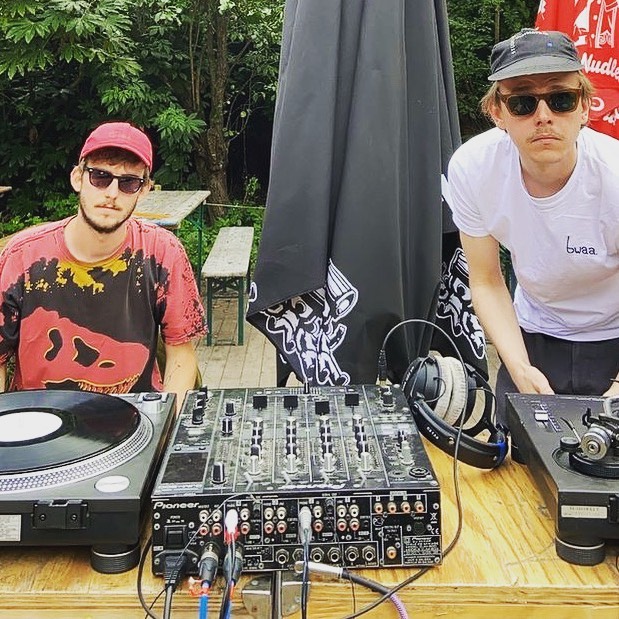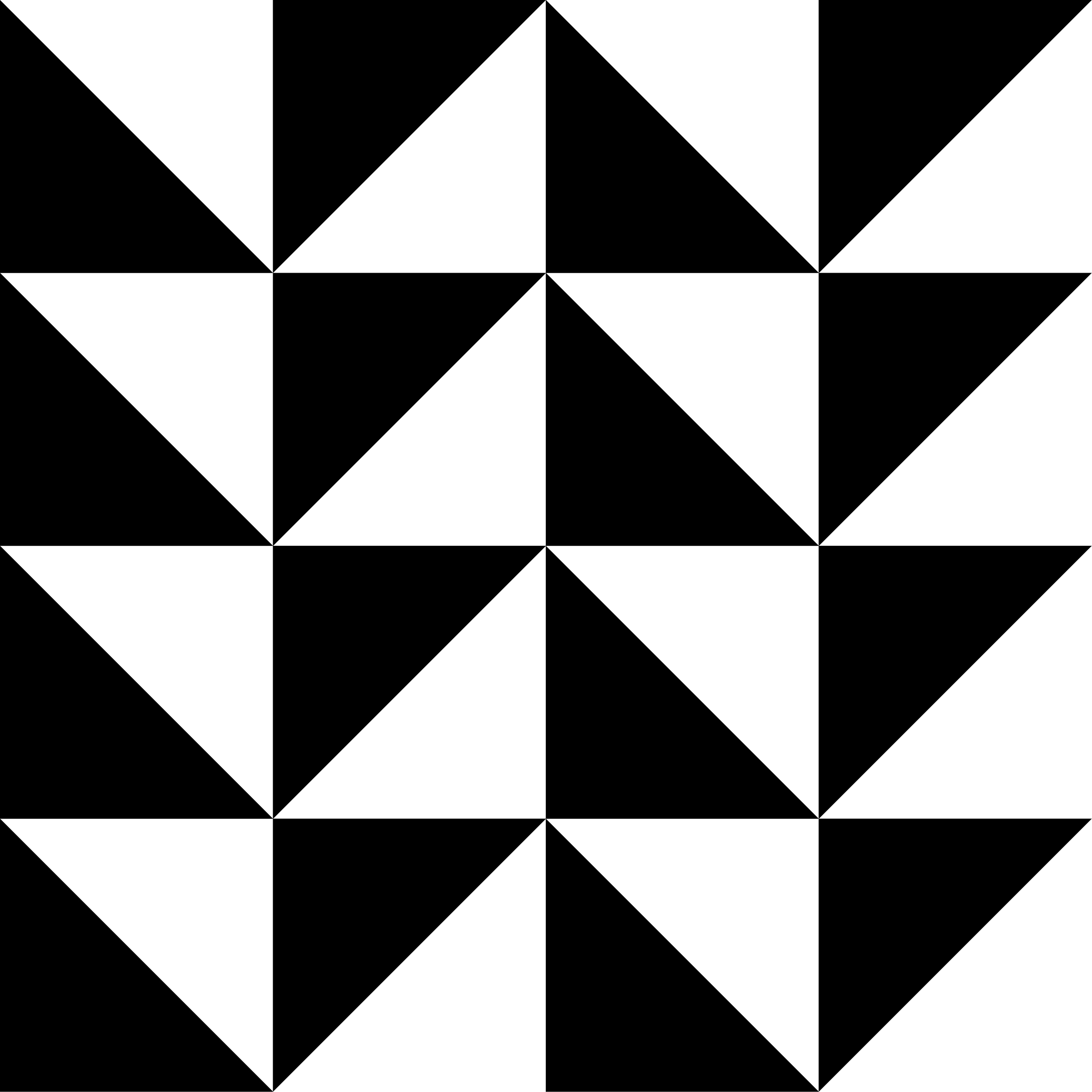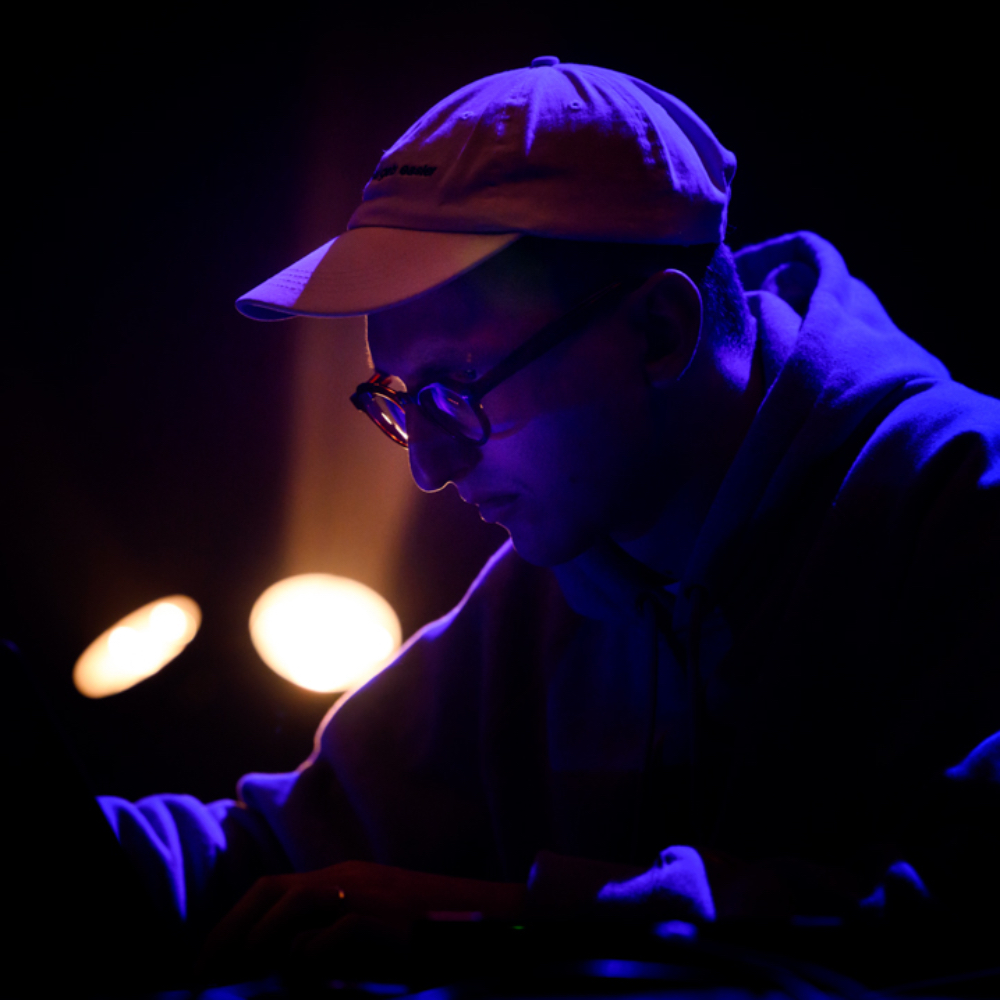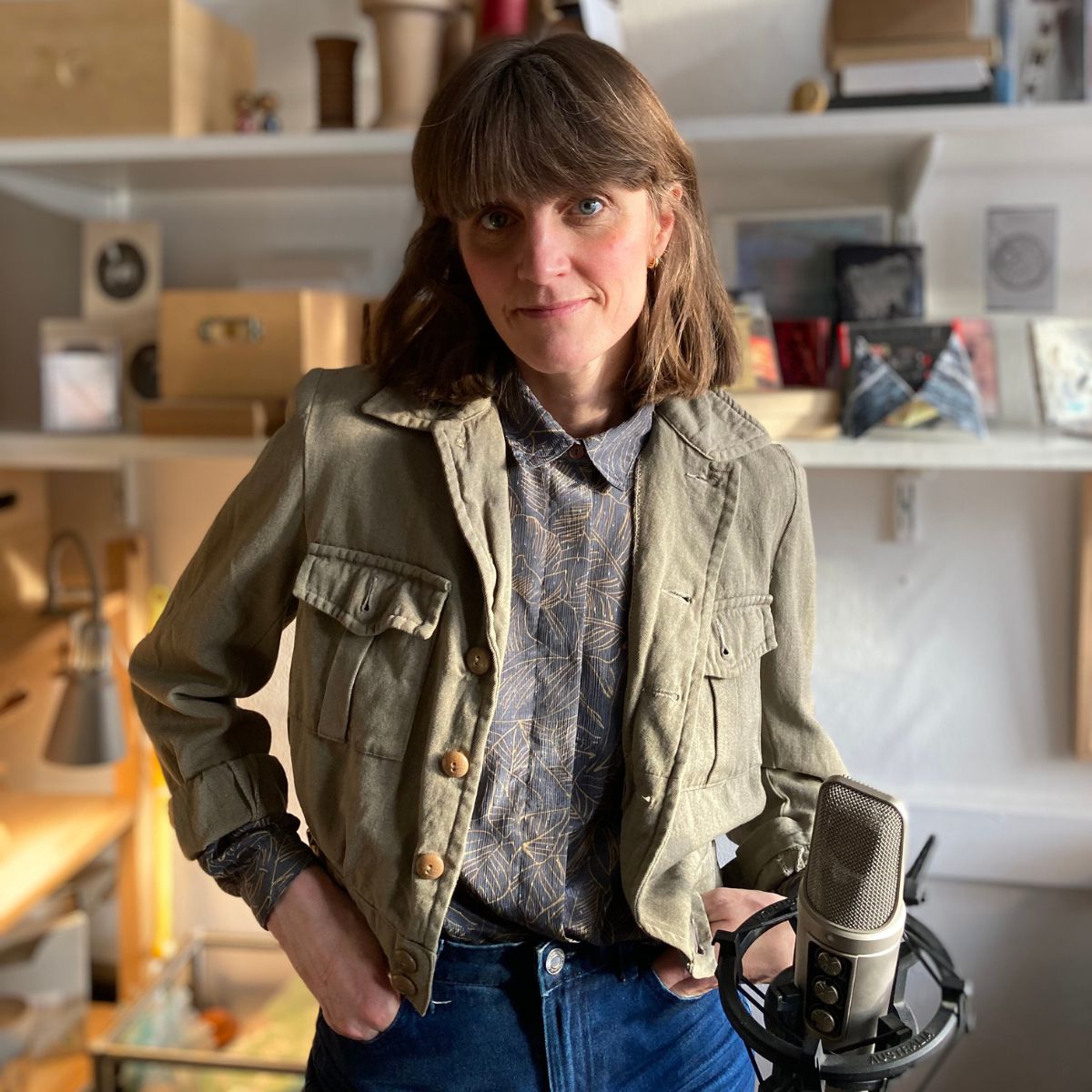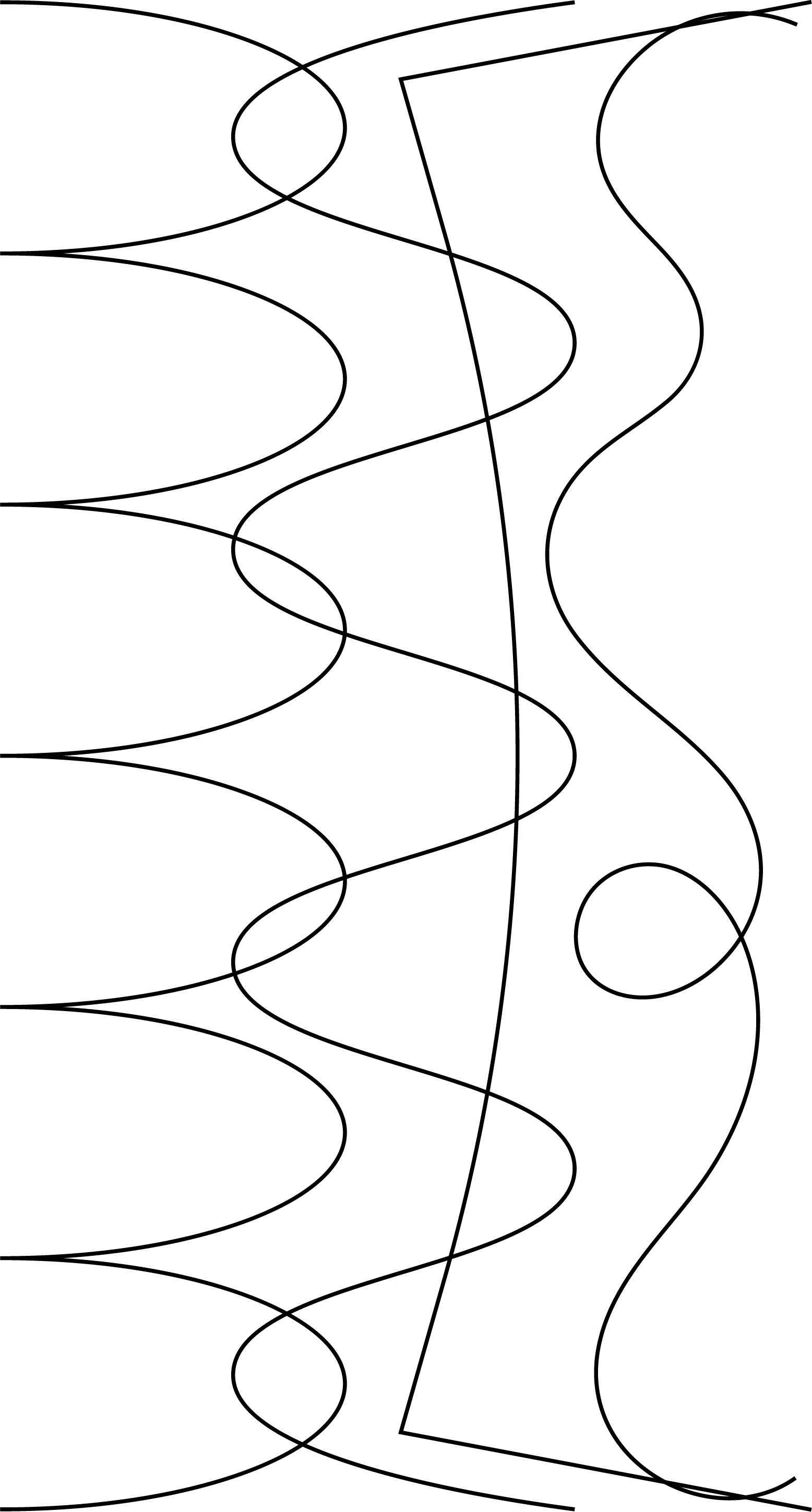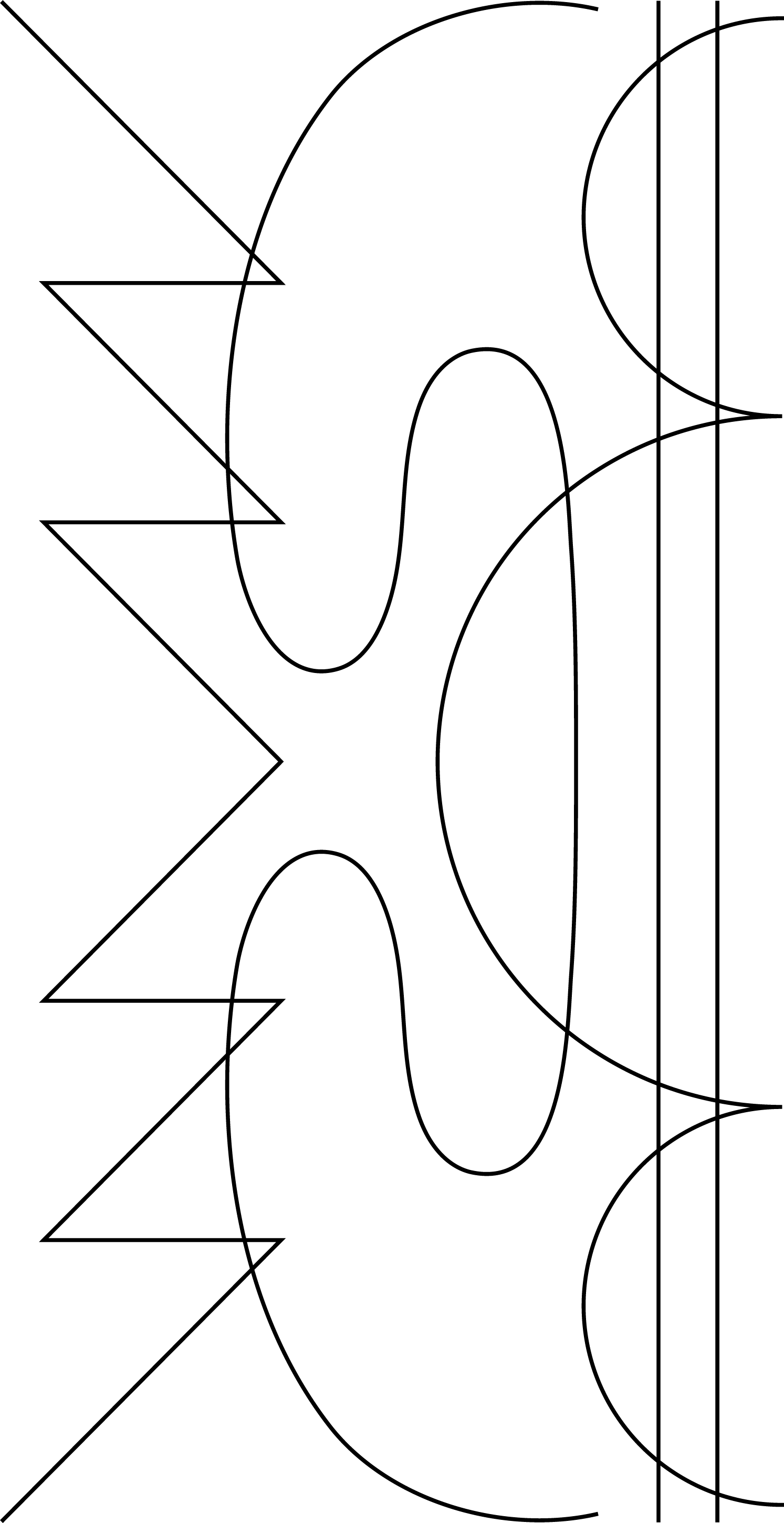everyday textures with Joda Foerster and Niklas Kramer
Berlin-based Joda Foerster and Niklas Kramer have been endearingly described by loved ones as “ambient pals,” a testament to their friendship and shared musical sensibility. This connection is felt in both their production and their live sets, two diverging contexts that equally highlight the experimentation and compositional balance the duo explores and constructs together.
Having been enchanted by their album Habitat on Leaving Records, we were delighted to bring them into the Objects & Sounds fold as a part of Tactile Interactions. We caught up with them to uncover more about their approach to collaboration, Tactile Interactions, and what lies ahead.
You recently released your first collaborative album. How did you decide to work together?
Joda: Niklas approached me, because he had been writing and recording ambient music and was looking for some acoustic or organic textures. We just met up without any plan, and within the first hour of setting up and trying things out, we basically made the first track from the album Habitat.
Niklas: We worked with this thing called Norns from monome. It’s a little synth sampler that has only six tracks you can fill up, and there’s no undo, so if it’s not working out, you just have to start again. I think that’s what makes it so fast and immediate.
Joda: We had to make quick and radical decisions. With something like Ableton, you have so many options and possibilities and you can finetune every little move from the beginning. That wasn’t our approach. We would build a basic track very quickly and then decide if we wanted to keep it and work on it later, or just throw it away and make the next one. So yeah, it was quite intuitive.
Niklas: I think the main difference compared to what I usually do is that it was so freeform. I tend to spend tons of time with my ideas and iterate them a lot, but this was more like throwing some things on the canvas and just seeing how they come together. So even though I was making ambient music before, I would say our collaborative work is more experimental.
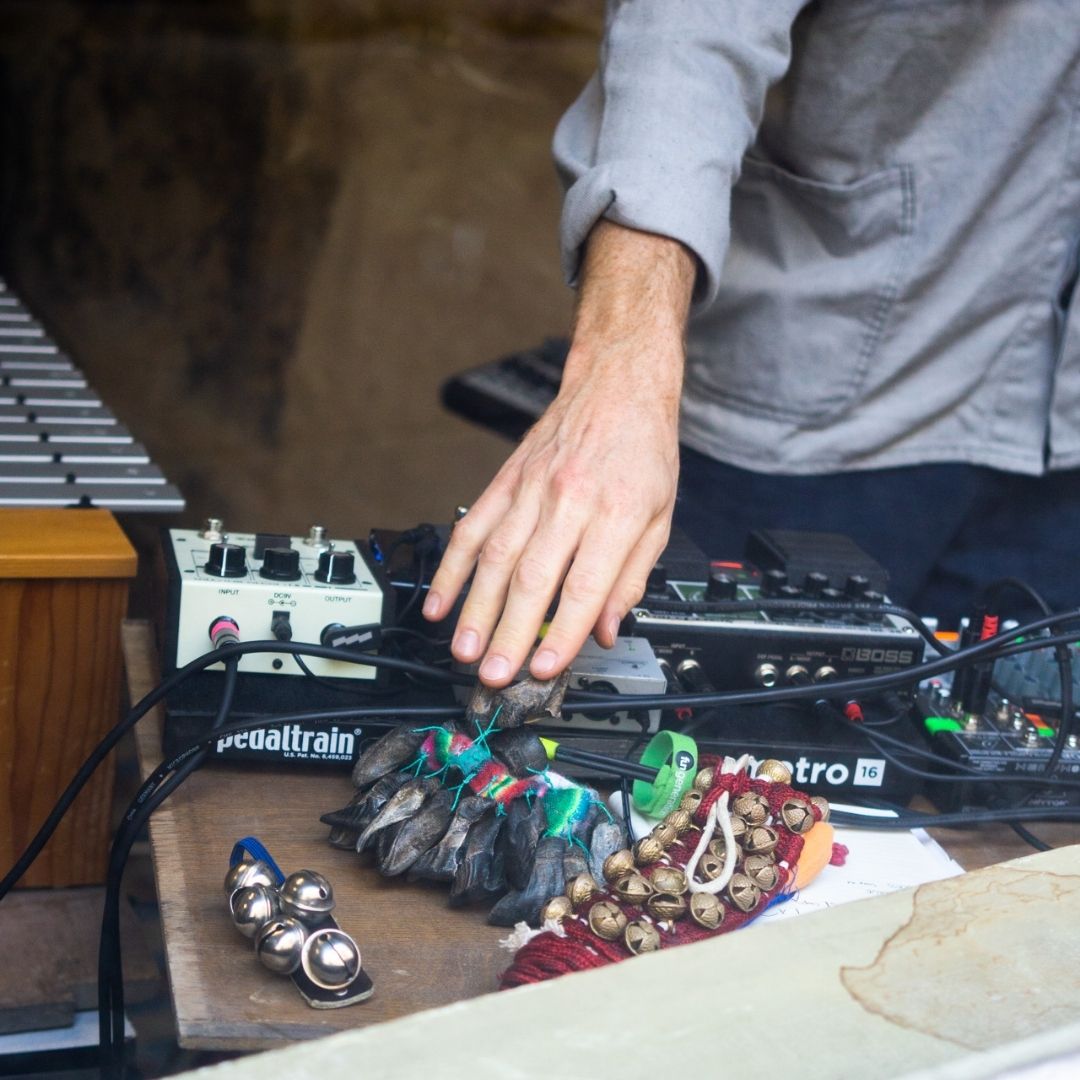
Were there any ideas that, looking back, were more difficult to throw away than others?
Joda: Especially in a collaborative situation sometimes we don’t have the same feeling about some tracks. Only if we are both convinced with an idea, then we continue.
Niklas: I just remembered you being mad at me for deleting one track because I really hated it.
Joda: (laughing) Niklas is quick with his deleting!
How do musical conversations, either concretely or abstractly, play into your work? Would you discuss ideas or inspiration before, or was it really all jamming and experimenting on the spot?
Niklas: I tend to set some musical rules for myself when I work in terms of technical things, like how we structure chords. But we are also discussing some musical ideas, like, “Should we try a track on this scale?”
Joda: It helps us to have some kind of concept to start a song. It can be a harmonic concept, or it could be a specific production process that we want to try, then we develop different ideas over it. I remember with the first tracks we didn’t talk about it too much because it was an uncharted area for us, so we could just do whatever happened in the moment, but at some point we needed to have a little concept to start from in order to make it sound different.
Are there any instruments or production methods that you’ve heard from other friends or musicians that you’re really keen to try out or that you’re drawing inspiration from?
Niklas: For sure. Actually some other artists from Leaving Records like brin or Glia are using percussion or drum sounds not to directly create rhythms but to create textures and structures. And I thought, okay, this is something I would really want to try out with Joda, because he has all these different kinds of percussion instruments, but he uses them less like percussion instruments, and more like textual instruments.
Joda: A shaker is a good example. I might not use it as a shaker per se, but I would put it super close to a mic and turn it just a little bit so that you hear every grain rolling inside the shaker. You can create interesting sounds that you wouldn’t really be able to pinpoint what they are or where they are coming from. We wanted to create this audio space where you can almost feel the sounds themselves instead of instinctively associating them to specific instruments.
Niklas: That’s what we totally went for with Tactile Interactions. Getting closer, more direct, and finding the weird, but interesting, layers of sound.
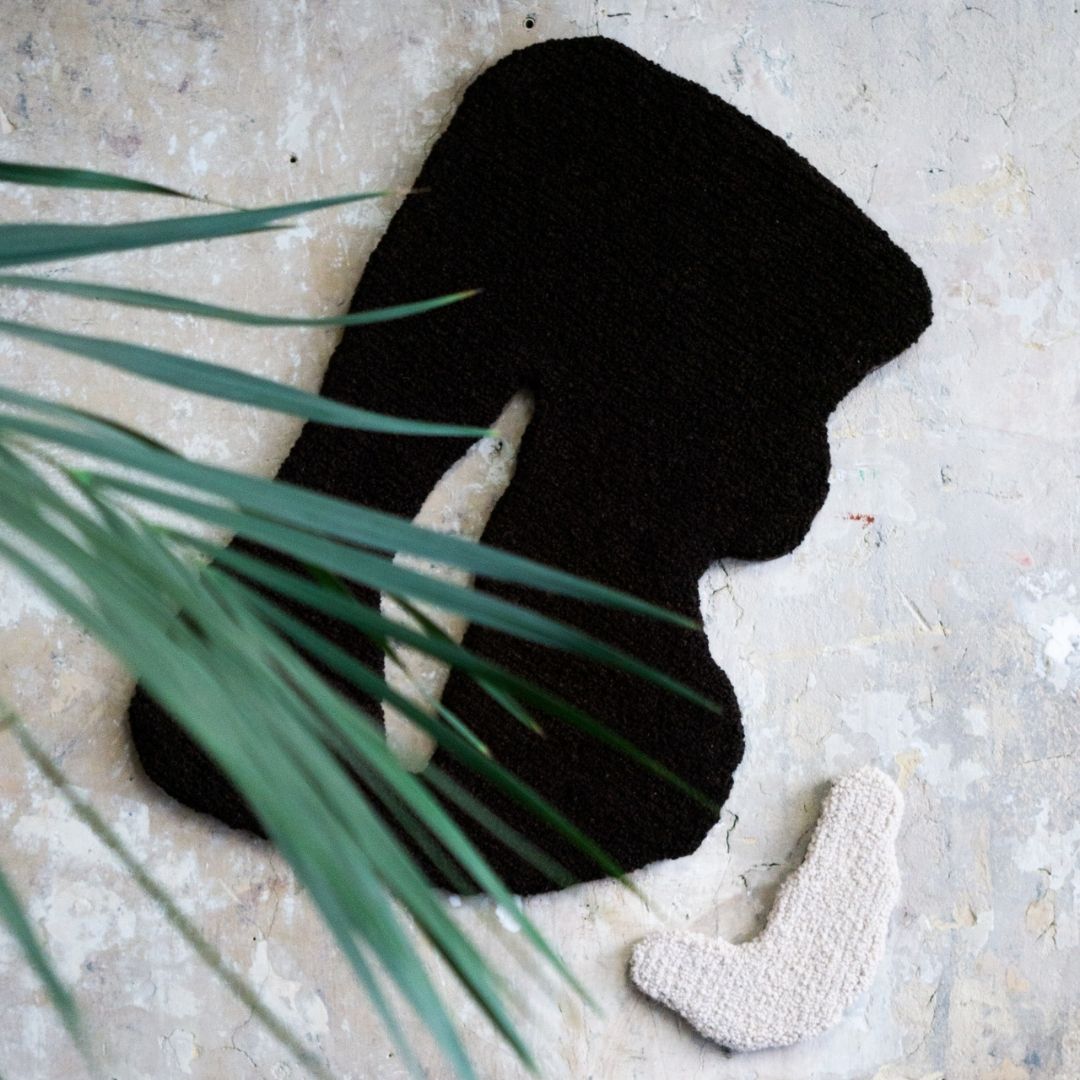
Are you constantly exploring sound textures in everyday life?
Joda: Most of the time we use what’s in my rehearsal room, because there are a lot of percussion instruments. But for Tactile Interactions, I brought a couple of “daily objects.” I had this paper tin with a metal lid on top that made this squeaky sound when I twisted it slightly. It turned out to be one of the main elements of the track “Texture”.
Niklas: And I guess we pitched it down, right? To make it sound bigger, like under a microscope?
Joda: Yeah, exactly. I also imagined that this could be an object that is actually sitting in Bec’s studio.
The tufting sounds of Bec were also integrated in the tracks. How did that inform your creation process, and how was it collaborating, as it’s a different discipline altogether?
Joda: Bec sent us a couple of recordings from her studio, like trimming the wool with scissors and combing through the rug. Also the pounding sound of the tufting gun. I could really see and feel the tools and materials that she was using to produce the sounds. We wanted to find more sounds that trigger this almost physical sensation, so we went super close with the microphone to try and catch every little detail that make you feel like you can almost touch the sounds.
Did you approach Tactile Interactions differently compared to your other projects?
Niklas: We approached it more like a specific, unique project compared to working in an album context.
Joda: I think the project gave us even more artistic freedom because it doesn’t have to fit in any kind of predetermined format. We always wanted to do a longform, as well. “Tone & Texture” is a single composition, but then it’s also two individual tracks. This concept of modularity was something that just resonated to all of us early on.
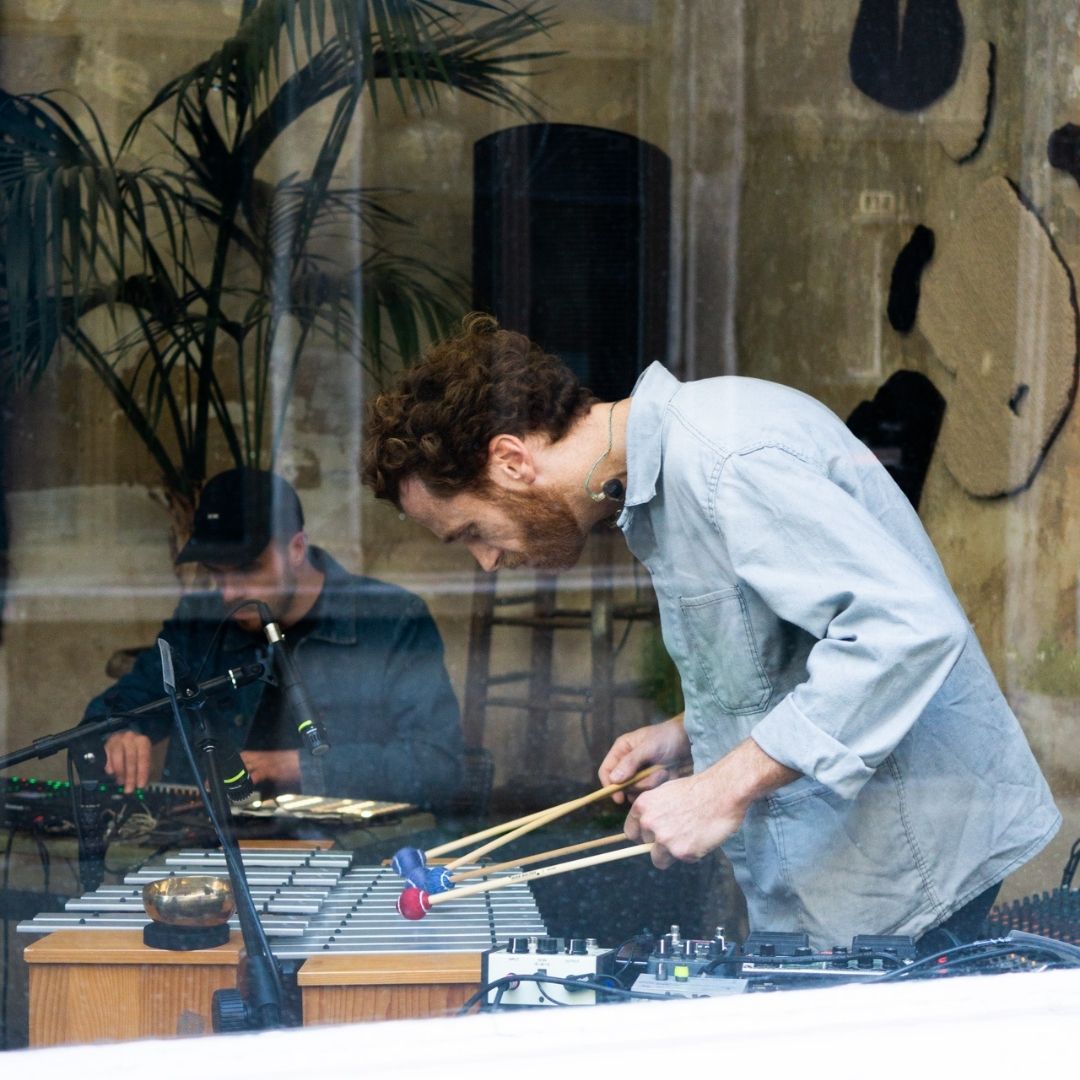
Such a cool idea to create pieces that stand on their own but can also perfectly work together. What’s the inspiration behind it?
Joda: We wanted to include the listener in the creative process. Instead of delivering a finished song that can only be listened from start to end, we left it open to the listener to choose their own arrangement, balance and mix the two ingredients, and choose different starting points. Maybe play each track from a different room and see how it feels to move in between them. It is basically an invitation to participate.
You also describe your work together as an “environmental music collaboration.” What does that mean for you?
Niklas: For me, I guess the most important thing is that there’s no given structure to most of the songs; it’s mostly asynchronous loops playing. So I see these pieces more as a space you can move in, where also in a live context, they can shift into one another.
Joda: You just kind of enter a scene and you stay there, and then you can leave. There is no start and end. Like if you’re out for a walk and there is some wind blowing. You can hear the breeze in the trees and the sound of the leaves on the floor. At one point you’ll go back inside and you don’t hear it anymore, but you know it is still there, outside, and if you look through the window you can still hear it because in lingers on in your imagination. I think this is kind of the concept behind our music. We want to create spaces that feel like they have been there and will stay after you joined for a while to listen.
In terms of your own music, do you feel there is a certain place in time where your production falls?
Niklas: I’m not sure if I actively think about it, but the goal is to make it timeless in some sort of way. Even though we use all of this technology, we are still trying to make it sound organic and not “techie.” I’m always interested in how stuff works. When there’s a piece of music I’m really into, for example, I’ll Google what kind of tape machine they used in the 70s to get that sound, but then I wouldn’t necessarily use the word “retro.” I guess it is mostly just following natural instincts and seeing where they lead me to. With Joda, it’s quite this open space.
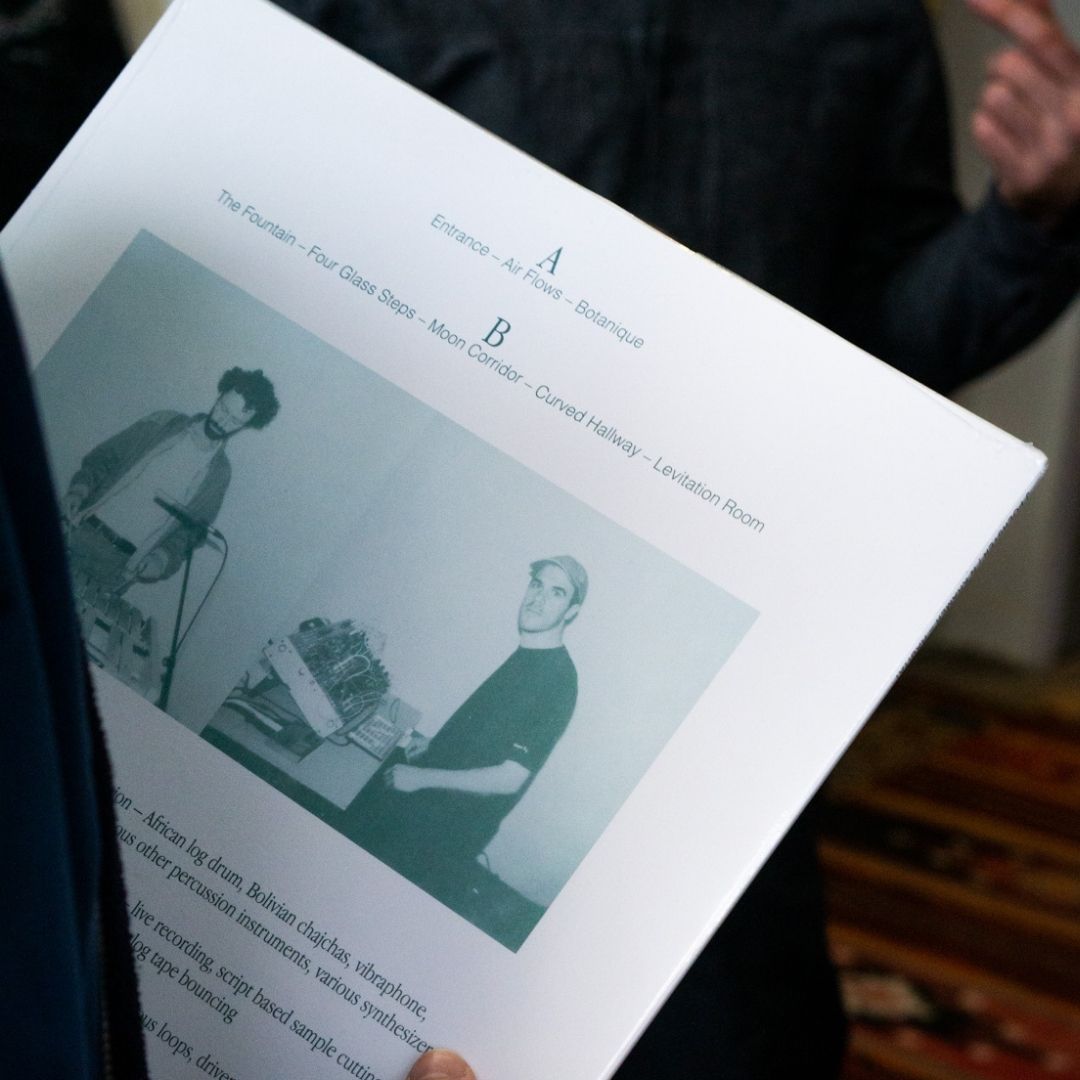
And you’re also using code-based sampling which is of course on the modern end of the spectrum. On a somewhat similar note in terms of being forward-thinking, what’s next for you guys?
Niklas: I have a solo album coming out on Leaving Records, and we’re also working on another album together.
Joda: We also are starting to play live. It was a really nice experience to be able to perform our songs in front of an audience. It’s a completely different context for the music, and that’s something we want to focus on.
Something I would also really love to do is to record in a space where there are a lot more percussion instruments. There are so many sounds that I would love to use or try to incorporate into our sound and that I think would really fit our way of writing and producing music, like orchestral bells or a marimba. Some of them are just super big and expensive, but it would really be interesting to have access to percussion instruments that are mostly used in a classical orchestra or a philharmonic context. Maybe the next step is reaching out to the Berlin Philharmonic: “Hey Berlin Philharmonic, we are looking for a room. Can we borrow a few instruments?”
Niklas: (laughing) “Can I hit this thing?”
